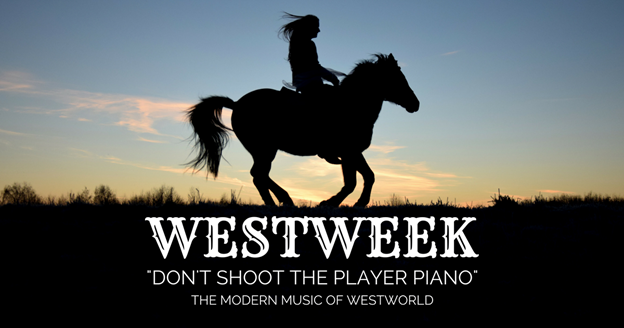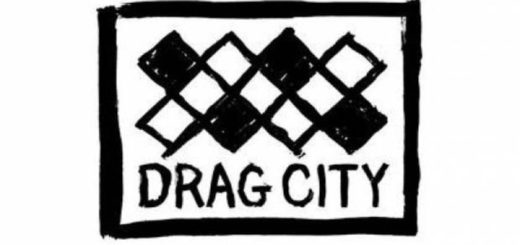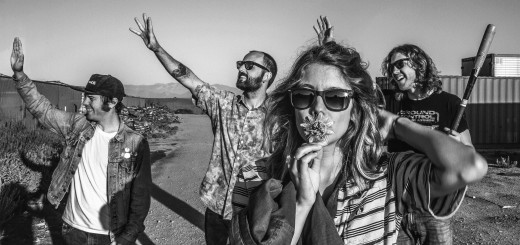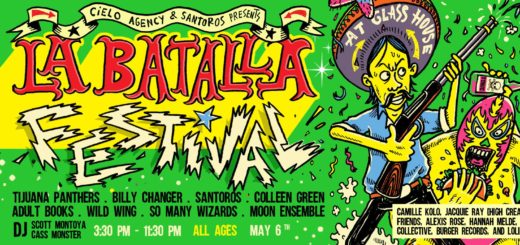“Don’t Shoot the Player Piano”: The Modern Music of WESTWORLD

Ramin Djawadi is no stranger to scoring high-budget, cinematic television. As the composer of GAME OF THRONES, by now he has distilled the art of emotionally compelling scores to a tee. He demonstrates this with finesse on WESTWORLD, except with one key difference—the show features several covers of modern pop songs. The Rolling Stones, Radiohead, and The Cure all get the good ol’ fashioned western treatment, and Djawadi’s insightful interpretations are one of the show’s secret weapons.
It should be noted that not every show can afford such a luxury, considering the $55,000 price tag for each cover used in the show. With such a miracle budget, the possibilities become endless. But what about a song screams for a saloon-style makeover? It certainly can’t work for every song; the mere thought of Katy Perry’s “Swish Swish” reimagined with honky-tonk piano makes one shudder. Other songs, however, have the perfect balance of recognizability and artistic merit to fit into Westworld’s haunting repertoire.
The most stunning example of this is the cover of “Paint it Black, ”which has been reworked to include horns and a full string section. It’s a glorious romp that takes the fight scene that it soundtracks to a whole new level. It partially has to do with the associations we make with the song right off the bat. We think of the animalistic snarl in Mick Jagger’s voice, the drums that push the song forward with the driving force of a runaway train. These elements of the song already live inside our minds and color how we view the scene, even though the music has been reworked.
The use of modern music in WESTWORLD also has the power to sway viewers who aren’t vibing with the setting as deeply as its hardcore fans. The premise of a theme park dedicated to the old, dusty Wild West won’t thrill every viewer, but throw in a Soundgarden cover of “Black Hole Sun” and it becomes instantly more appealing. It develops a subconscious connection with the viewer, who can suddenly find common ground in gun-slinging and whiskey-shooting because the classic refrain of, “In my eyes, indisposed / In disguises no one knows / Hides the face, lies the snake / The sun in my disgrace” is unraveling in their head as they watch and listen.
It’s a world so carefully constructed to be authentic that when the player piano starts cranking out “A Forest” by The Cure, something immediately gets shifted inside our brains. It’s not correct, not proper “Western” music. It creates an uneasiness and confusion that adds to the tension. It is, after all, a simulation, something we have to keep forcing ourselves to remember. Just like the guests, we long to become immersed in this fictitious world. Its arduous plights and sweeping romance tantalizingly call to us, and yet we are forced to remain stuck in the present, in a world where electronics are creeping into our lives (and music) at an alarming rate. The use of “Exit Music (for a Film)” stands out in particular—while the song itself packs a powerful emotional punch, the title calls attention to the fact that this whole entity is being filmed. Beyond the realization of the guests that the hosts are in fact highly intelligent machines, the viewer is reminded that they are suspending their disbelief by simply watching Westworld.
Ultimately, we must consider that the park was designed to reveal to its guests truths about themselves they had never dared to wonder. So, it only feels suitable that this meta-world is soundtracked by the songs that are already ingrained in our heads. Djawadi incorporates these melodies so tastefully that if you’re not paying close attention, it’s possible to miss them. But they still live in the back of your brain like a reverie. And after experiencing the first season of Westworld, it would be impossible to imagine it any other way.



